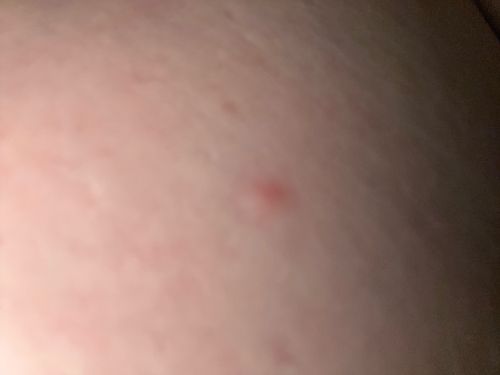Mosquito
Scientific Name: Various species within the Culicidae family (e.g., Anopheles, Aedes, Culex)
Order & Family: Order: Diptera, Family: Culicidae
Size: Typically 3-6 mm (0.12-0.24 inches) in length

Natural Habitat
Mosquitoes are found globally in various habitats, especially near stagnant water sources such as ponds, marshes, ditches, and containers (e.g., buckets, tires) where they lay eggs. They are common in residential areas, forests, and wetlands.
Diet & Feeding
Female mosquitoes feed on blood (from humans and other animals) to obtain protein for egg production. Both male and female mosquitoes feed on nectar and plant juices for energy.
Behavior Patterns
Mosquitoes are most active during dawn and dusk but can bite at any time. Females bite to obtain a blood meal for egg development, while males feed on nectar. They are attracted to carbon dioxide, body heat, and certain chemicals.
Risks & Benefits
Risks: Mosquitoes are significant vectors for numerous diseases including Malaria, Dengue fever, Zika virus, West Nile virus, Chikungunya, and Yellow fever. Their bites can also cause itchy welts and allergic reactions. Benefits: Mosquitoes play a role in ecosystems as a food source for other animals (e.g., bats, birds, fish) and as pollinators for some plants, although their overall ecological benefit is often outweighed by disease transmission risks.
Identified on: 9/4/2025